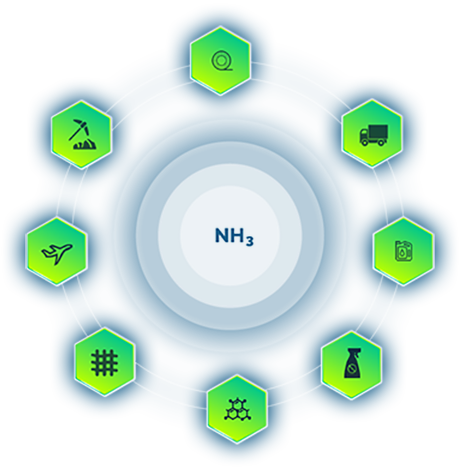A Once In a Generation Energy Transition
Our society will experience very profound transformations in the next decades. Energy and technology are the 2 sectors which are going to be revolutionized the most.
Historically the energy sector especially fuels has been one of the major sectors with the least innovation, not much has changed in the last 70 years.
A Necessary Change To Save Our Planet
Our planet is suffering catastrophic consequences due to non-stop carbon dioxide emissions leading to global warming and a rise in temperatures. A fossil fuel carbon dioxide-oriented energy system is no longer viable and urgent action has been taken to stop it.
More than 70 countries, including the biggest polluters – China, the United States, and the European Union have done net-zero decarbonization pledges for 2030. The energy industry is now forced to act and change to carbon-free fuels and power generation methods.
The fuels we use today such as gasoline and diesel will become obsolete in the next decades as virtually every country in the world is heading towards a carbon-free pledge and will eventually ban the production and operation of fossil fuels and fossil fuel-powered vehicles.

We Will Transition To a Green Energy System
With no option but to switch to carbon-free fuels in the next decades, the energy industry has been actively looking for efficient and cost-effective carbon-free fuels.
A lot of work has been done but no real effective solution has been found until today.
Electric Vehicles Are Not The Solution
Electric vehicles are seen by most people as a carbon-free transportation method which is far from the case, charging electric vehicles from the regular power grid normally generates excessive amounts of carbon dioxide as the energy itself is usually generated through carbon dioxide-intensive power generation methods.
61% of the energy generated in the USA for example is from fossil fuels, 19% is from nuclear, and only 20% is from renewable clean energy sources. When charging an electric car you are most likely generating substantial amounts of carbon dioxide.
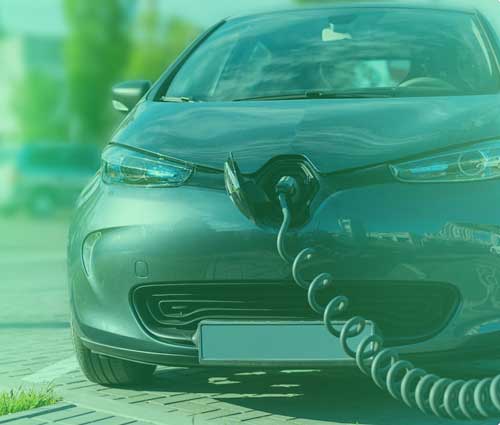
Green Hydrogen Was Also Once Thought of As A Fuel Solution
Green hydrogen was initially considered an effective fuel solution but has proven to have many challenges as a fuel. Currently, with few hydrogen cars available such as the Toyota Mirai and Hyundai NEXO but the cost has proven to be too high to operate a hydrogen car. The only effective area where a hydrogen car can be refuelled and used today is in greater Los Angeles, California, USA.
There is however a little know compound that can solve our entire energy crisis…
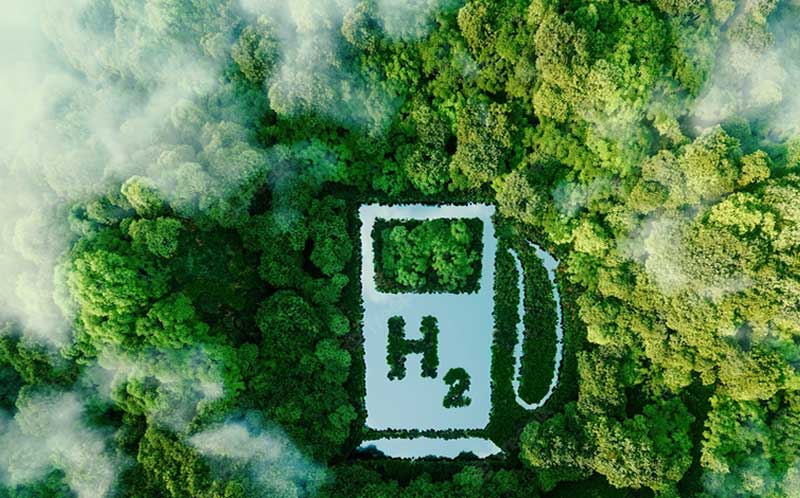
Ammonia
With major advantages over hydrogen, ammonia is significantly easier to store and handle and is also a safer way to transport hydrogen. Furthermore, ammonia is about 80 per cent more energy-dense than liquid hydrogen.
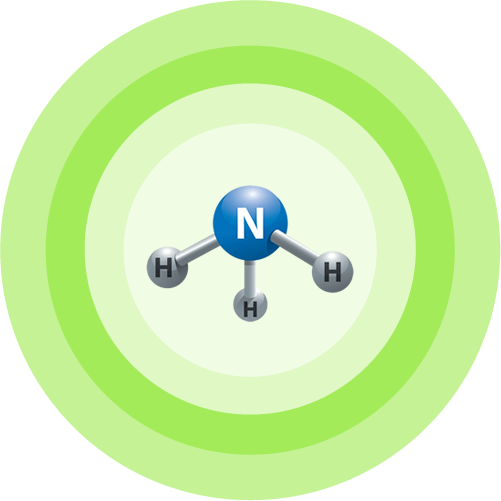
Far Superior To Green Hydrogen
| Green Hydrogen | Ammonia | ||||||||||||||||||
|---|---|---|---|---|---|---|---|---|---|---|---|---|---|---|---|---|---|---|---|
|
|||||||||||||||||||
| Green Hydrogen | Ammonia | ||||||||||||||||||
|---|---|---|---|---|---|---|---|---|---|---|---|---|---|---|---|---|---|---|---|
|
|||||||||||||||||||
Our Current Energy Crisis Can Be Compared To The Energy Crisis Of The 1970s
In 1973 the war between Israel and several Arab states led by Egypt and Syria brought us to a severe oil crisis, which subsequently led to the seeds of the first renewable energy wind farms.
Our current Russia-Ukraine war could very much be the seed for the birth of a new era in green energy where green ammonia, the best carrier of hydrogen in its liquid form, is the key commodity surpassing gasoline and other fossil fuels.
Ammonia: A New Leader Emerges
The current global ammonia production stands at 170 million tonnes per year with 80% of it being used as ammonia fertilizer (a market valued at U$100 billion) for agriculture/food but its potential use as a fuel and energy carrier could see demand for ammonia rise to a multi-billion tonne per year market for use in multiple applications in a few years.

Ammonia Can Be Burnt In An Engine Or Used In a Fuel Cell To Produce Electricity
Multiple sectors are developing ammonia as a fuel, by 2025 the maritime/shipping sector will have ammonia internal combustion engines for ships and is now seeing it as one of the main fuels for it to meet its CO2 carbon dioxide reduction targets for 2030/2050.
Majorship engine manufacturers, including German MAN Energy Solution and Swiss WinGD, are now developing ammonia-fuelled ship engines and kits to retrofit old ship engines so they can run on ammonia, with the first engines expected to be on ships in 2025.
Meanwhile, start-ups are also getting into the ammonia engine game. Aza Power Systems launched a month ago to commercialize its ammonia-powered engine technology in Minnesota, USA.
Power production companies, too, are developing turbines that run on ammonia for electricity production.
Ammonia is also being seriously considered as means to store renewable energy for delayed use, and as a carrier for hydrogen transportation.
Nature Has Given Ammonia Attributes That Make It a Perfect Fuel For The Future Zero-Carbon Economy
While batteries are efficient, they are best suited to storing smaller amounts of electricity for hours or days; a 2020 Oxford Institute of Energy Studies report concluded that for large-scale, long-term energy storage, liquid ammonia is hard to beat.
Countries including Japan, Australia, the Netherlands, and the United Kingdom have national plans to use green ammonia to store (and export) their renewable energy surpluses.
Demand Is
Set To Skyrocket
The demand for ammonia for fertilizers by itself will increase by a significant multiple. With an expected global population of 10 billion people by 2050, the demand for food, fertilizers and consequently ammonia fertilizer is expected to increase substantially.
Confirmed as a fuel for ships, there is a very high probability of ammonia being used as fuel for cars with fuel cells, trucks, and aircraft. The ammonia market could grow from 170 million tonnes per year currently to over 6 billion tonnes per year in the short term and over 10 billion tonnes per year in the long term.
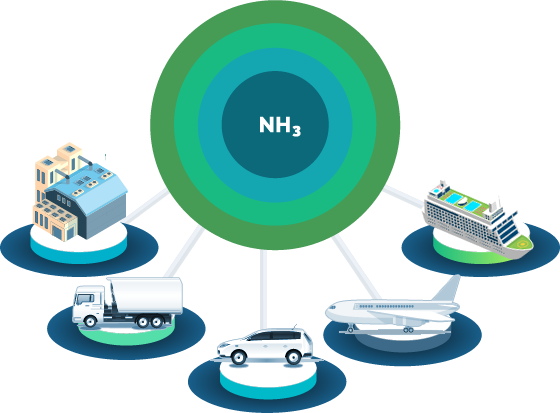
Transitioning
To A Fully Green Energy System In 30 Years Or Less
The energy infrastructure we have today took over 70 years to build, we are trying to build a green energy infrastructure in 30 years or less. There will be severe infrastructure shortages in the next 20 to 30 years as demand grows.

Green Ammonia Will Surpass
Grey Ammonia Production
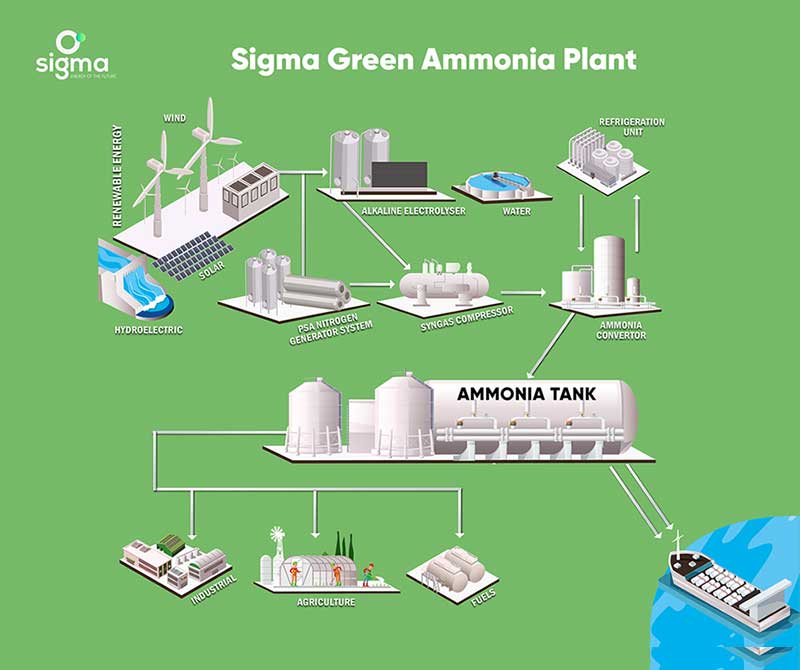
Conventional grey ammonia is currently mostly produced using natural gas usually with substantial carbon dioxide emissions, known as grey or blue ammonia.
For now, ammonia production is anything but green. The world currently produces a vast 170 million tons of ammonia per year, mostly for use as fertilizer, employing an energy-intensive, century-old industrial process that produces a lot of carbon dioxide: The industry is responsible for about 1 to 2 per cent of global carbon emissions, making it one of the dirtiest on the planet.
Many existing grey ammonia producers that emit carbon dioxide face the challenge of upcoming regulatory blocks with carbon emissions controls. Current grey ammonia producers will become far less competitive when forced to reduce carbon dioxide emissions which is a great opportunity for those producing green ammonia.
Green ammonia is produced using solar/wind/hydropower to produce electricity that then feeds an electrolyser to extract hydrogen from water, while nitrogen is separated from air using an air separation unit. This process does not emit any carbon dioxide and is completely environmentally friendly.
As an energy source green ammonia has nine times the energy of lithium-ion batteries and is 1.8 times more energy-dense than liquid hydrogen. Green ammonia is easier to transport than liquid hydrogen using existing technology and infrastructure, due to our experience transporting and storing ammonia as a fertilizer, 120 ports are equipped with ammonia terminals.
That is why there is a real future for green ammonia as a fuel that can be used not only directly as an energy source, but also as a fuel that can be cracked for its hydrogen content, where hydrogen is required as the energy source.
There are few large-scale or small-scale green ammonia plants in operation today. Even large-scale oil and gas companies are getting involved in the green ammonia process.
Green Ammonia Is Set To Revolutionize The World
While production is set to increase, the demand and price per ton are expected to skyrocket by 2030. Securing physical green ammonia production today can be the purchase of the century.
| In 7 years, green ammonia price is expected to be 9x to 14x the price of grey ammonia. | |
| Lock in at today’s prices the production of green ammonia for when the market should be needing it the most… |
As carbon prices go up, green ammonia will become king,
“I think ammonia is probably the future for liquid fuels.”
Jimmy Faria
Chemical engineer at the University of Twente in the Netherlands
Guarantee Delivery Today Of The Fuel Of The Future
Sigma is offering advanced purchases of physical green ammonia production for March 2030 delivery at extremely low locked prices at rates far below current market prices.
With the first guaranteed physical delivery in March 2030, you can choose between:
- Direct delivery of your production to you
- Delivery and storage at our upcoming facility if you do not have a facility to receive and store.
Both delivery and hold at our upcoming facility allow for listing and sale at our marketplace under development Sigma Green Marketplace (SGM).
Long-term storage options at our upcoming facility are available, contact us to discuss.
If you choose direct delivery depending on your location environmental restrictions can apply, we will consult with you starting 180 days before delivery.
Sell Your Production in Our New Marketplace
Sigma Green Marketplace (SGM)
In development and scheduled to launch by April 2025 our marketplace Sigma Green Marketplace (SGM) will allow producers/holders of green ammonia, green hydrogen, and green methanol to sell to buyers their inventory on a fixed price or dynamic auction-based system.
Structured as a marketplace we will actively push the platform on the related buyer industries such as farming and mining so there can be enough liquidity to fulfil purchase orders of our client’s productions.
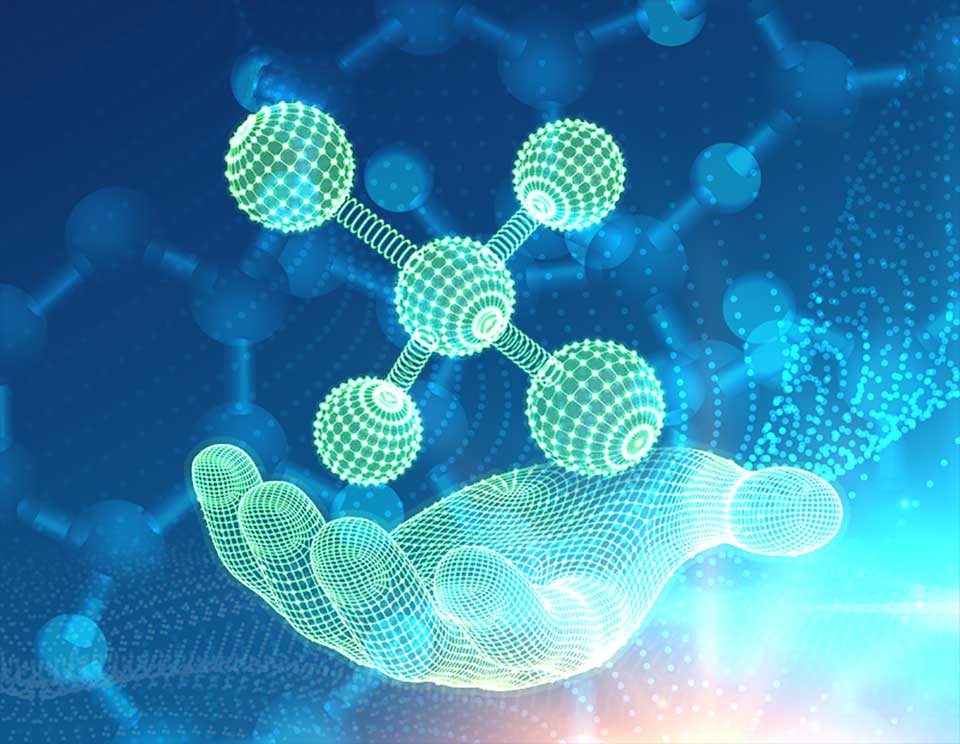
Opening The Green Ammonia Market
Sigma will guarantee the delivery of the contracted green ammonia production by March 2030 physically. You can choose physical delivery to you or storage at our upcoming facility. Both options allow for a Sigma Green Marketplace marketplace listing for sale.
All your production can carry the Sigma Green Ammonia Certified Seal, potentializing its value on the market.
The Sigma Green Ammonia Certified Seal will be the market standard for green ammonia certification.

Production packages range from 20 tones to 65,000 tones, you can secure your production today of the fuel of the future and potentially the hottest commodity of the century for physical delivery by March 2030.
With limited planned production and on a first, come first served basis, contact us today to discuss your interest and secure your green ammonia production.
Contact us to discuss how we can help you experience the full possibility of green energy
Please tell us about yourself, and our team will contact you.

